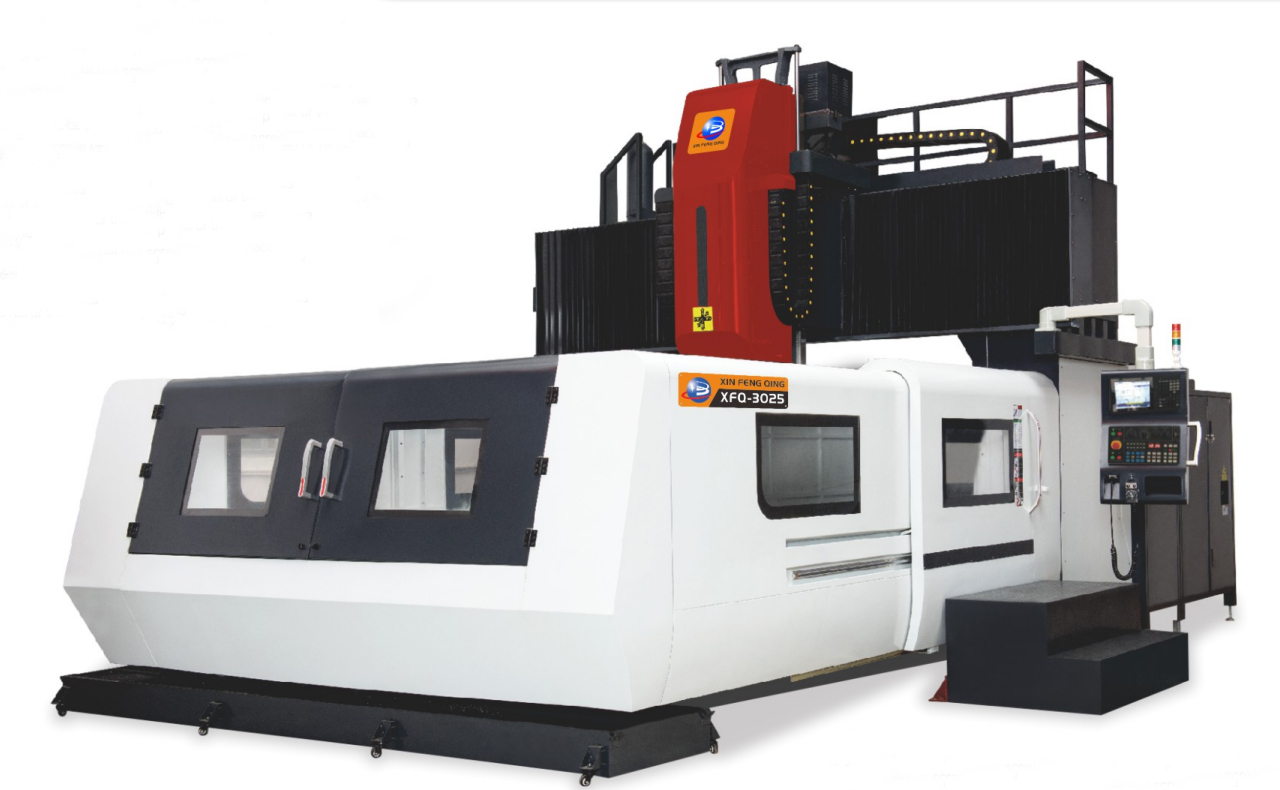When it comes to protecting your home or commercial building, ensuring a waterproof roof is crucial. With numerous waterproofing options available in the market, it can be overwhelming to determine which one is best suited for your specific needs. In this comprehensive guide, we will delve into the various types of waterproofing solutions for roofs, their benefits, and considerations to help you make an informed decision.
- Built-Up Roofing (BUR):
Built-Up Roofing, commonly known as BUR, is a traditional and time-tested waterproofing solution. It consists of multiple layers of bitumen and reinforcing fabrics, creating a durable and watertight barrier. BUR offers excellent protection against water infiltration, UV rays, and extreme weather conditions. Its long lifespan and ability to withstand foot traffic make it a popular choice for commercial buildings. - Single-Ply Membrane Roofing:
Single-ply membrane roofing systems, such as EPDM, PVC, and TPO, have gained popularity due to their versatility and ease of installation. EPDM (Ethylene Propylene Diene Monomer) is a synthetic rubber membrane known for its exceptional durability and resistance to UV rays. PVC (Polyvinyl Chloride) and TPO (Thermoplastic Olefin) membranes offer similar benefits and are highly reflective, reducing energy costs. These membranes are ideal for both residential and commercial roofs. - Liquid Applied Membranes:
Liquid applied membranes, like acrylic and silicone coatings, provide a seamless and flexible waterproofing solution. These coatings are applied directly onto the roof surface, forming a protective layer that adheres to various substrates. Acrylic coatings offer UV resistance and are cost-effective, while silicone coatings excel in extreme temperature fluctuations. Liquid applied membranes are suitable for both new constructions and roof restoration projects. - Spray Polyurethane Foam (SPF):
SPF is a unique waterproofing solution that offers excellent insulation properties along with superior waterproofing capabilities. It is applied as a liquid that expands and solidifies into a foam, creating a seamless and durable barrier. SPF adheres to various roof substrates and can be used to fill cracks and gaps, preventing water infiltration. Its high insulation value helps reduce energy costs and enhances the overall energy efficiency of the building. - Green Roof Systems:
Green roof systems, also known as vegetative roofs, provide both waterproofing and environmental benefits. These systems consist of a waterproofing membrane, drainage layer, growing medium, and vegetation. Green roofs offer natural insulation, stormwater management, and aesthetic appeal. They can reduce the urban heat island effect, improve air quality, and provide habitat for wildlife. However, green roofs require careful planning, structural considerations, and ongoing maintenance.
Conclusion:
Choosing the best waterproofing solution for your roof depends on various factors, including budget, building type, climate, and personal preferences. Each option discussed in this guide offers unique advantages and considerations. It is essential to consult with a professional roofing contractor or waterproofing specialist to assess your specific requirements and determine the most suitable solution. Remember, investing in high-quality waterproofing will not only protect your property but also provide long-term peace of mind.





+ There are no comments
Add yours